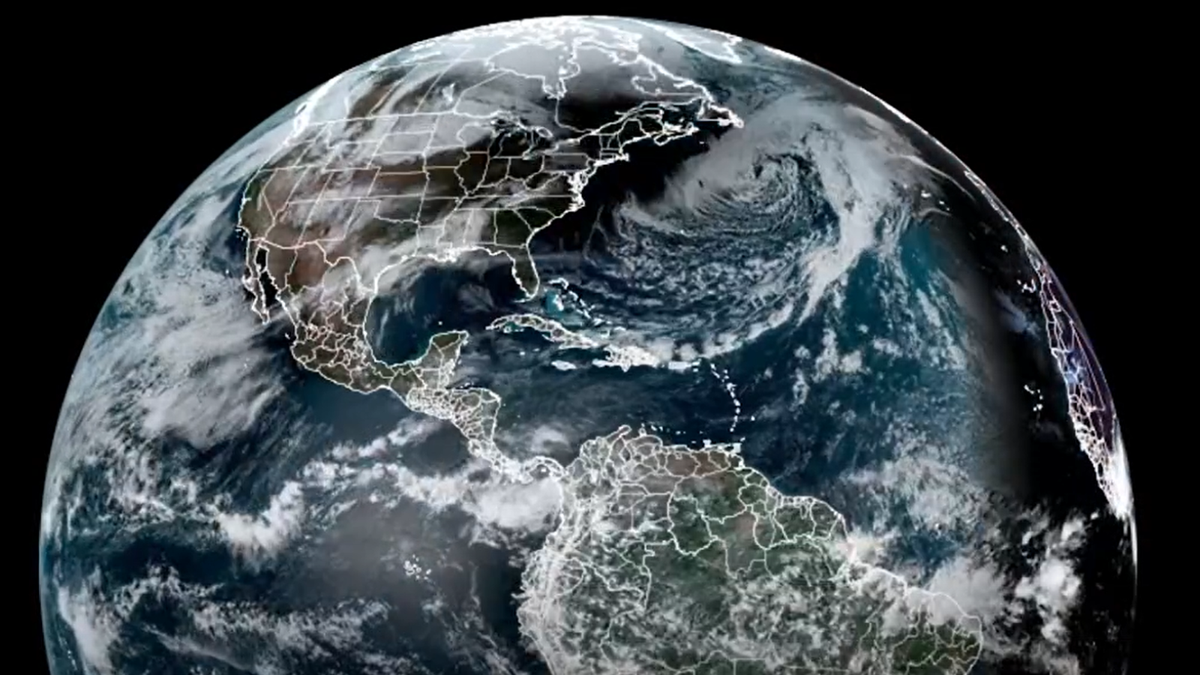Did you get out and see the eclipse yesterday? It was quite the site to behold, or so I’m told as I’m nowhere near the path of totality. It looked mighty spectacular on the hundred of photos I’ve seen on Instagram in the last few hours, but those cell phone snaps have nothing on the view astronomers got from space yesterday.
The eclipse was caused when the moon passed in front of the sun, resulting in a massive shadow falling over the U.S. in states from Texas to Maine. That enormous shadow, which is officially known as the umbra, was visible from space. The impressive sight was captured by NASA astronauts aboard the International Space Station as well as weather-monitoring satellites orbiting above the U.S. at just the right time.
Over on The Weather Channel, the National Oceanic and Atmospheric Administration shared a very satisfying video of the moon’s shadow passing over the United States. In the clip, you can see the massive shadow engulfing states like Arkansas, Missouri and Illinois.
The shadow traversed the U.S at speeds of around 1,500 mph, taking just 40 minutes to travel from Texas to Maine. That journey is, dramatically, sped up in The Weather Channel’s clip, but it highlights the path of totality and shows how the eclipse dissipates around its fringes.

Another great view of the astronomical phenomenon came from the ISS, where NASA astronauts Matthew Dominick and Jeanette Epps snapped photos of the Moon’s shadow on Earth. As NASA explained in a blog post:
The windows on the cupola, the orbital outpost’s “window to the world,” were open and NASA Flight Engineers Matthew Dominick and Jeanette Epps were inside photographing and videotaping the Moon’s shadow on Earth, or umbra, beneath them. They were orbiting 260 miles above southeastern Canada as the Moon’s umbra was moving from New York state into Newfoundland.
The space station experienced a totality of about 90% during its flyover period. Views of the solar eclipse itself, the Moon orbiting directly between the sun and the Earth, were only accessible through a pair of windows in the space station’s Roscosmos segment which may not have been accessible due to cargo constraints.
Aboard the ISS must be one of the most impressive places to view an eclipse, right? However, if you can’t make it into orbit in time for the next total solar eclipse, you might want to start planning your next trip north, as the 2026 solar ec;lipse will be visible from places like Greenland and Iceland.

